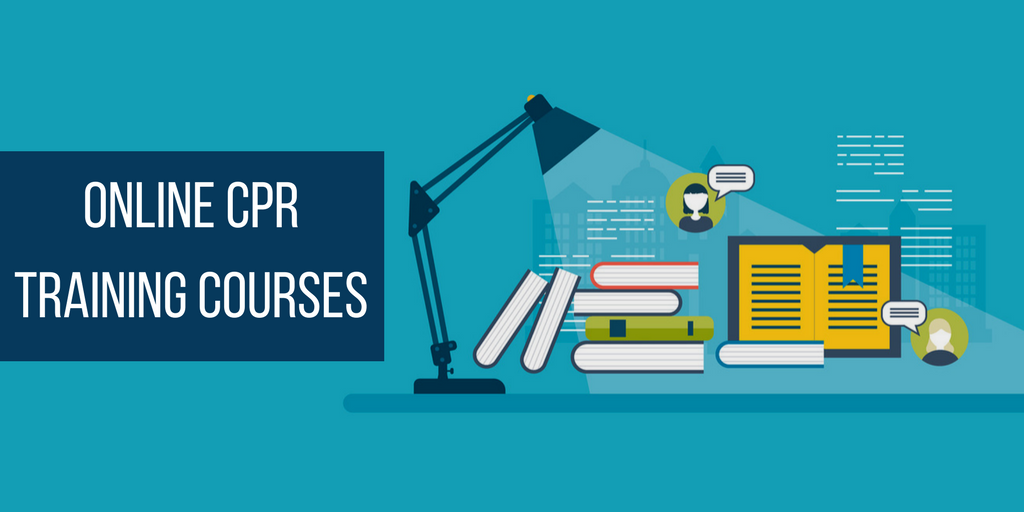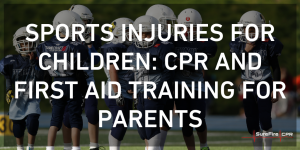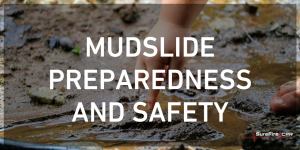
Nowadays, it seems everything can be done on-line. Just think about your daily routine: you pay your bills, shop, and make travel reservations without leaving your home. And while it’s true that certain tasks are conducive to the on-line experience, others are not. Take CPR training courses, for example.
It’s not a widespread problem – yet – but you may have stumbled across online CPR training courses. And they sound pretty good: they’ll get you certified in CPR, all without leaving the comfort of your desk. But don’t be fooled; there are countless reasons why online only CPR courses aren’t all they are cracked up to be.
For starters, employers – hospitals, schools, summer camps, etc. – simply won’t accept online certification. And it’s not hard to figure out why: CPR is a physical activity where practice makes perfect, particularly in the presence of a real-life expert.
There is, however, an option to complete a Blended Learning CPR course. This entails a portion of the class that can be completed online which includes, watching videos, lecture and completing the written exam. Once the online portion is complete, you can go to any CPR training facility to practice your skills on the manikins and then get tested on your hands-on skills. This is an option that can be the best of both worlds.
When it comes to CPR training, why should you be forced to take any risks? With a traditional CPR class, you can become CPR-certified and gain unprecedented CPR expertise and insights.
What Should You Expect During a Traditional CPR Class?
A traditional CPR training program blends hands-on and classroom lessons, ensuring you can enjoy a superb learning experience. The program also enables you to build your CPR skill set in a top-notch learning environment, one that features manikins and other CPR training equipment.
In addition, a CPR class allows you to practice life-saving techniques. Unlike an online CPR training program, a traditional CPR class enables you to feel what it’s like to provide crucial assistance. That way, you’ll understand what it takes to deliver vital support in a broad range of emergencies.
Perhaps best of all, a CPR class won’t take long to complete. In most cases, a CPR course can be finished in a matter of hours. Plus, after you finish your CPR class, you’ll possess a CPR certification card that will remain active for two years.
What Will You Learn in a Traditional CPR Class?
A traditional CPR class will teach you how to:
- Administer adult, child and infant CPR
- Use an automated external defibrillator (AED)
- Provide support to conscious and unconscious choking victims of all ages
Furthermore, a CPR class is taught by expert instructors who have worked in healthcare and medical roles. CPR training instructors frequently include:
- Firefighters
- Emergency medical technicians (EMTs)
- Nurses
If you ever have CPR concerns or questions during a class, CPR instructors will be happy to respond to your queries. These instructors possess real world experience and will share their insights with you. By doing so, you’ll be able to enjoy an unparalleled learning experience – one that cannot be matched by an online CPR training program.
Benefits of Traditional CPR Training
The benefits of traditional CPR training include:
- Comprehensive Support: A traditional CPR class enables you to receive extensive support from experienced instructors in real-time – something that may be impossible in an online CPR training program.
- Increased Self-Confidence: Reading online CPR course materials or watching videos that show how to perform life-saving techniques is not the same as performing these techniques on your own. Thus, a traditional CPR course allows you to obtain hands-on experience and boost your self-confidence so you’ll be ready to administer life-saving support in emergencies.
- Flexible Class Schedules: Although it may seem like a hassle to attend traditional CPR training, classes are offered at many locations and times throughout the week. As such, you won’t have to rework your day-to-day schedule to enroll in a CPR course.
- No Computer Necessary: You won’t need a computer to reap the benefits of traditional CPR training – all you’ll need to do is show up for class and be ready to learn.
On the surface, online CPR training may appear to be an ideal option for CPR certification. But upon closer examination, traditional CPR training may prove to be the superior choice.
When someone’s life is at stake, nothing should be left to chance, which is why onsite CPR training courses remain – as always – the way to go.










